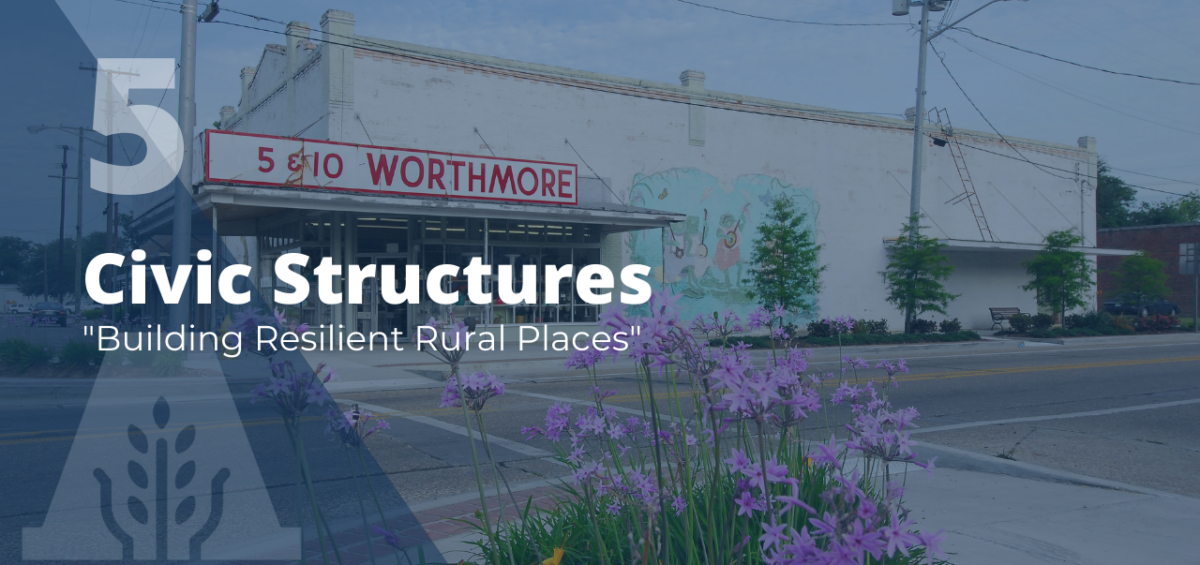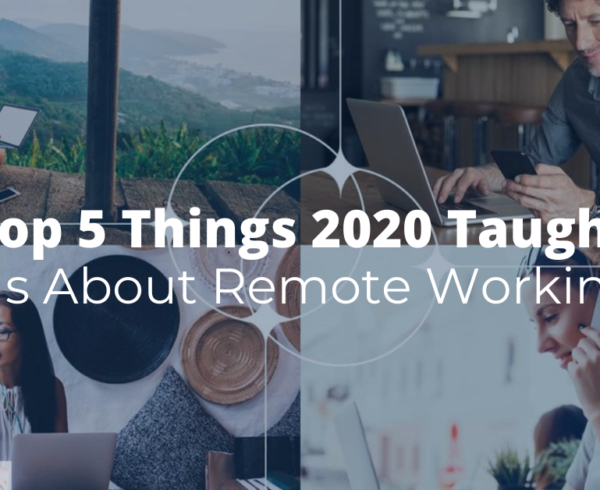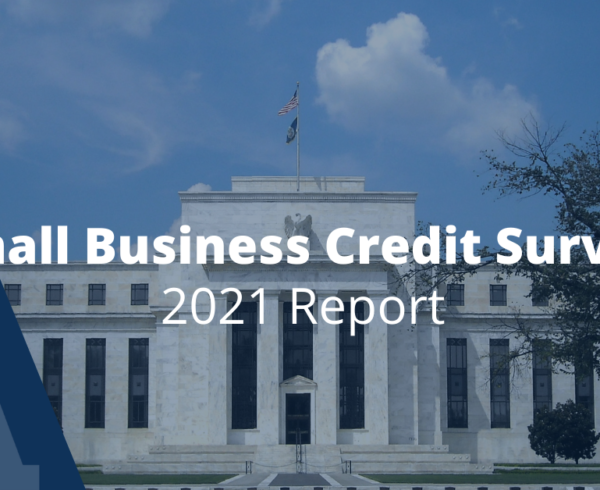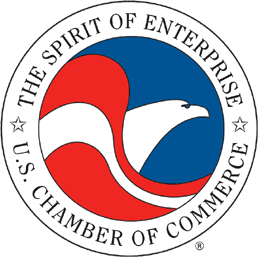The dispersion of COVID has been uneven from the outset, preying upon preexisting fault lines in our nation’s economic, social, and geographic landscape and systematically disadvantaging already vulnerable people and places. Governmental responses have been similarly fragmented and unequal, with federal, state, and citywide services and relief structures marked by inconsistency and disparate outcomes by race and place. In these times of uncertain and uneven relief, people and small businesses are increasingly turning to local organizations for relief—seeking support from the community institutions, neighborhood coalitions, and other civic structures that they know and trust.
Over the past several months, much attention has been paid to the importance of community-based actors in promoting recovery in urban areas, focusing on the critical role of community development financial institutions and community banks in supporting minority and women owned businesses, as well as the role of mutual aid groups in serving disproportionately impacted residents in low-income neighborhoods. But we know less about how community-based organizations and coalitions are stepping up in rural areas, where residents and small businesses face similar inequities in economic and community well-being and structural barriers in accessing relief.
This post will take a deep look at the local actors and organizations working to promote recovery and resilience in rural America. It focuses specifically on how Main Street organizations and other place governance entities are not only providing recovery relief to rural residents and small businesses, but also how they are supporting the development and capacity of other community-based organizations, coalitions, and networks that are needed to build resilience in the months and years to come.
Why Robust Civic Structures Matter for Rural Resilience
As Brookings documents well throughout the series, residents and small businesses in rural America face systemic barriers related to poverty, outdated infrastructure, economic exclusion, limited resources, and a lack of public and private services. These barriers are magnified for Black, Latino or Hispanic, and Native American rural residents as well as minority owned and led small businesses.
For decades, local leaders, community development organizations, Main Street organizations, and other civic institutions have engaged in place-based efforts to address these structural challenges and enhance quality of life and opportunity for residents and small businesses. In rural communities, where access to community development financial institutions (CDFIs) and community development corporations is more limited, local Main Street programs play an especially important role in economic and community development—most notably through efforts to promote vibrant downtown commercial districts that support independently owned businesses; increase tax bases, employment, and public and private investment in the community; and preserve and adapt the historic core of a community.
While the presence of a Main Street organization or similar place governance entity is in itself an indicator of civic capacity (and a critical input for place-based revitalization), to be truly successful, these organizations must also strengthen the civic structures within the community at large to support the growth of and collaboration between organizations, institutions, and networks that connect people with one another, address shared concerns, and solve public problems.
Research points to several strategies rural leaders can employ to strengthen the civic structures within their communities; however, we lack an understanding of whether these are being implemented and garnering success on the ground and, moreover, how they might withstand the COVID’s acute economic shock. The strategies include:
- Research suggests that place-based revitalization efforts must be intentional in mitigating the funding and legal structures that prioritize businesses’ needs over residents’ needs by devoting concomitant energy to strengthening the formal and informal local structures that represent communities’ diverse voices and advocate on behalf of residents—sustaining and supporting them through funding, partnerships, and sharing expertise.
- Research suggests that partnerships between community organizations, small businesses, and regional entities can strengthen the capacity of local organizations, as these partnerships help lessen the structural barriers that community-based organizations face in accessing resources and advance a common, cross-sectoral vision for enhancing community capacity at large. A promising example can be seen through the practice of “place-conscious capacity-building” with rural universities, in which universities strategically deploy their resources to enhance community capacity through training programs for residents or applying campus research initiatives to address local needs for instance.
- Research indicates that locally owned businesses can be important civic structures themselves, as local business owners are financially and socially invested in the community, likely to participate in community organizations and associations, and may be less likely to pull out of communities during economic downturns due to deep community ties. Efforts to increase the number of locally owned small businesses can thus also serve to strengthen civic capacity.
- Finally, research indicates that local leaders must eliminate the barriers underserved residents face in accessing civic structures, which often means rethinking institutionalized systems of governance to meet residents where they are.
The imperative to understanding and enhancing community capacity is more urgent than ever, as the COVID crisis reveals the adaptability and ingenuity of communities’ local civic infrastructure—from grassroots groups to neighborhood associations to formal place governance organizations—while also exposing their financial precarity.
Findings: Can Downtown Revitalization Support the Development and Capacity of Community-Based Organizations, Coalitions, and networks to Build Rural Resilience in the Months and Years to Come?
Certain findings came about after searching to understand the role that place-based civic structures play in revitalizing rural downtowns—and in turn, how such revitalization strengthens civic ties. The three primary findings about the role Main Street revitalization can play in strengthening communities’ civic infrastructure are:
Finding 1: Absent adequate public sector support, Main Street organizations act as a central supportive structure for small business, nurturing a more resilient network of locally owned small businesses downtown.
Local Main Street organizations implement an array of interventions to support small businesses and entrepreneurs, including direct capital investment, crowdfunding campaigns, skills training, incubator spaces, and formal partnerships with city and regional structures to enhance capacity. But when we dove deeper into the impact these efforts have on small business resilience, it was found that their success was not just about the services offered, but rather, the centrality of the Main Street programs’ role as a supportive structure for small businesses in the absence of similar supports from other public and private entities. Across communities, stakeholders explained how local Main Street programs stepped in to provide resources and services that the city and other public entities did not or could not. This was often due to limited financial resources.
Time and time again, residents and small business owners explained how Main Street organizations leveraged their funds and relationships to meet small business needs, often relying on staff and volunteers to come up with creative solutions for long-overdue projects.
Overwhelmingly, small business owners described Main Street as their go-to resource for support—a relationship that has only expanded amid COVID, as local Main Street organizations rapidly shift their models to assist with disaster relief funding, offer additional funding streams, and engage in intensive direct counseling with small business owners in need.
Finding 2: Downtown revitalization encourages the development of formal organizations and networks among residents and small businesses, which fosters the community relationships needed to build resilience.
A key aim of any community revitalization effort must be enhancing the capacity of other community-led organizations, from grassroots groups to neighborhood associations to formal clubs. In communities, Main Street organizations made this a critical aspect of their revitalization approach, ultimately supporting the development of new organizations to advance community priorities and nurturing partnerships between these organizations to encourage collaboration.
One community had its Main Street program help fund an artist collective to throw arts-based pop-ups and lead a mural project downtown. It then advocated for members of the collective to be part of a new formal public arts coalition. Another community’s Main Street organization created an intentional partnership with a Latino-or Hispanic-owned small businesses and sponsor events to welcome Latino or Hispanic residents downtown. An additional community’s Main Street organization had a crowdfunding program that inspired one of the town’s civic groups—the Women’s Giving Circle—to pool their resources to fund aspiring women entrepreneurs, ultimately providing them with $5,000 of capital investment.
Finding 3: More work is needed to move past institutionalized systems of governance and meaningfully engage residents of color and low-income residents in civic life.
Despite their dedication to engaging a diverse collection of residents through existing civic structures, Main Street organizations encountered persistent barriers to inclusion in public meeting and participation processes.
One Main Street organization attempted to reach Latino or Hispanic residents through community partnerships and by hosting engagement activities in public spaces and at events, but still faced barriers in ensuring Latino or Hispanic representation in more formal groups and gatherings.
Similar challenges with traditional participatory mechanisms were raised during a focus group conducted by Brookings at one community. Many focus group participants had never been to a public engagement meeting of any kind, and when asked they responded: “Who’s getting the invitation to those? How do you have access to one of those places? You have to already know, you have to already be a part of that group.” Focus group participants emphasized that participatory inclusion challenges would be particularly stark for low-income residents and residents of color in the historically disinvested community adjacent to downtown, who are even more disconnected from formal civic structures.
In another community, which struggles with high housing costs, stakeholders remarked that the people most impacted by these costs are not at meetings. The Main Street organization strived to mitigate these challenges by conducting direct outreach to residents and business owners, but with a small staff and budget, there were limits to what they could achieve through relationship building.
These challenges with traditional participatory mechanisms are not unique to Main Street communities. But as public engagement processes become even more complicated amid COVID, the need to increase outreach to underserved residents is even more dire. It will be necessary to expand the neighborhood-level engagement work that place-based organizations like Main Streets are conducting, bringing it to more communities that typically lack the resources to support this kind of dedicated governance.
Conclusion
Our nation’s Main Streets cannot recover from the COVID crisis alone. They rely on the dedication of local organizations, intermediaries, and associations that have long worked with residents and businesses to co-create vibrant, inclusive places of opportunity.
Throughout this research series, it was demonstrated how local Main Street organizations—in partnership with community leaders, public officials, and other nonprofit entities—are championing holistic strategies to build rural resilience in the months and years to come. This includes ensuring the survival of small businesses, advocating for built environment and quality-of-life improvements across multiple levels of governance, strengthening social ties between neighbors, and nurturing new civic structures to advance community priorities. To truly recover as a nation, we must invest in the hyperlocal support systems that are already working to bring growth and equity to rural areas, and embrace new ways of thinking that allow rural community leaders to tackle place-based inequities and foster inclusive, vibrant, and connected rural places in the long term.
This blog post is the sixth and final post in a series titled “Building Resilient Rural Places.” The information found on this post, as well as all the posts in the series, comes from a collection of reports done by Brookings. To see the full text of this report, along with links to their other reports, click here.
If you enjoyed this series and would like to see more post series, let us know! We always love to hear from our members and others about how we can make our blog better to help our community become more informed. If you would like to contact us, click here for our Contact Us page, or send an email to jules@acadiaparishchamber.org!













